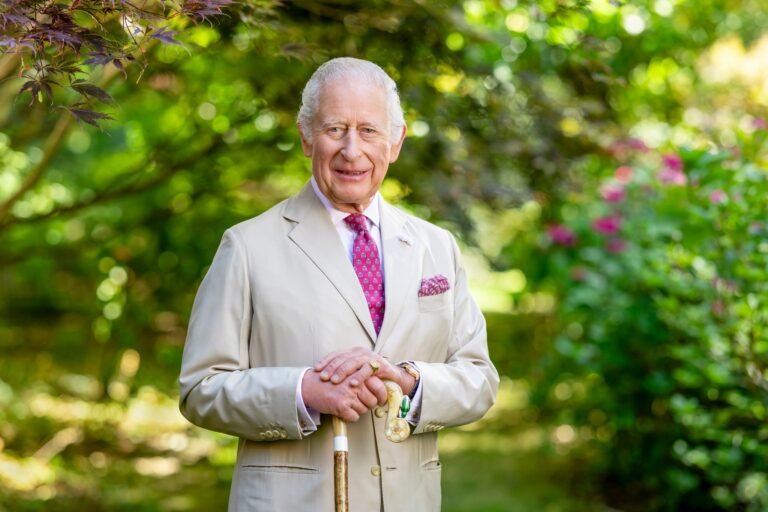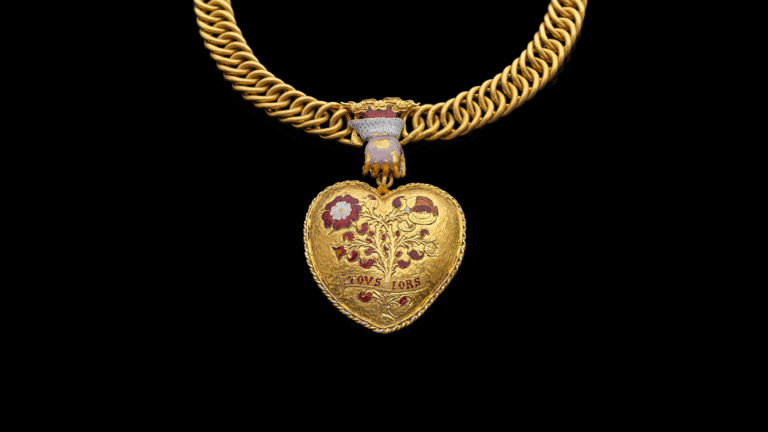A new study into what caused Henry VIII’s abrupt change in behaviour from the mid 1530s has said it was a brain injury which altered the Tudor Monarch’s personality. But historian Tracy Borman is not so sure…
Researchers at Yale Memory Clinic say brain injuries, similar to those experienced by American Football players, would explain Henry’s explosive anger, headaches, insomnia, memory problems, inability to control impulses, and even impotence.
But historian and Historic Royal Palace’s curator, Tracy Borman, queries these findings. Writing for History Extra, she explains why she believes Henry’s erratic behaviour can be explained by his leg ulcers which plagued his later life: the ‘constant, worsening pain’ was what caused it.

In his younger years, King Henry was tall, athletic, handsome, intelligent, as well as affable and generous, explains Borman.
A number of jousting accidents – none more serious than that of January 1536, when Henry was said to have been knocked unconscious for two hours – have been cited as to blame for the change.
‘Fascinating though their analysis is, it doesn’t quite add up,’ Borman says. ‘For a start, it is far from being a new theory. Historians have long speculated that there may be a link between Henry’s personality change and the injuries that he suffered in the tournament arena. The memory loss that the Yale team ascribes to Henry could more accurately apply to the media who have been busy shouting about this exciting ‘new’ discovery ever since the report was released.
‘But for me, there are other problems with the claim that Henry suffered a brain injury,’ she says. ‘For a start, the contemporary accounts of his accidents vary wildly in detail and accuracy. Take the 1536 joust, for example. The idea that the King was knocked unconscious for two hours derives entirely from a report by a foreign ambassador who was in a different country when it happened. None of the eyewitnesses mention anything of the sort.
‘What we do know for certain is that Henry had suffered a nasty injury to his leg. This subsequently turned ulcerous and caused him considerable pain. Three months after the accident, a member of court reported: “The King goes seldom abroad because his leg is something sore.’
‘It would prove a defining moment in the formerly athletic King’s reign. No longer able to take regular and vigorous exercise, he rapidly gained weight and became increasingly irascible.
‘In vain, Henry’s physicians sought to cure the ulcerated wound with a succession of ministrations, ranging from the brutal (keeping the wound constantly open) to the bizarre (administering a potion made of worms and wine). Little wonder that, far from improving, the injury would plague Henry for the rest of his life.
‘The fact that the King was in constant, worsening pain from that time forward is enough to account for his increasingly foul temper. It does not prove that he had sustained a brain injury. Neither is the claim that Henry suffered from frequent memory loss any more reliable. In fact, the example cited in the report is just plain wrong. It claims that Henry had drawn up a warrant for the arrest of his last wife, Katherine Parr, but had then forgotten all about it and was furious when he discovered that his councillors had carried it out. In fact, the warrant was part of a conspiracy led by the Queen’s enemy, Stephen Gardiner, and Henry knew nothing about it until Katherine ran to him, pleading for her life.
‘The other symptoms that have been ascribed to brain damage – depression, insomnia and impotence – can all be explained by the pain that Henry was in, as well as by his rapidly expanding girth. His mood would hardly have been improved by the knowledge that he was no longer the sporting ‘adonis’ that he had been for the first 20 years or more of his reign.

‘Between 1514 and 1536 Henry had gained only two inches around his waist, but by 1541 his measurements had expanded by a staggering 17 inches so that his waist was now 50 inches.
“The King was so stout that such a man has never been seen”, observed one contemporary. “Three of the biggest men that could be found could get inside his doublet.”
‘By the end of his reign, Henry had to be winched up and down stairs on a special ‘engine’, and used the Tudor equivalent of a wheelchair to transport him around the palaces. It is hardly surprising that, humiliated, he so frequently lashed out against his courtiers, most of whom were both younger and fitter than he was.
‘Henry’s increasingly irascible behaviour can therefore be explained by the pain and frustration that he suffered after 1536. Even so, I believe it is over-stating the case to say that his personality underwent a “transformation”; that, as the Yale report claims, he turned from a “vigorous, generous and intelligent youth to a cruel and petty tyrant.”
‘The King’s descent into tyranny was much more gradual than that. And the seeds of that tyranny were not sown in the jousting arena. They had been evident since his childhood, when he had been raised as the dangerously indulged ‘spare heir’. Henry’s sporting injuries, with all of their debilitating side-effects, had not caused his less admirable character traits: they had simply brought them to the fore.’
Meanwhile…
Dr Arash Salardini, behavioural neurologist and co-director of the Yale Memory Clinic, defended the claims: ‘If the traumatic brain injury theory is to be rejected then there are much better explanations including chronic depression/anxiety, Cushing’s disease [having very high levels of the hormone cortisol in the body, which causes weight gain, muscle weakness and decreased sexual appetite], or metabolic syndrome [the medical term for a combination of diabetes, high blood pressure and obesity].
‘In terms of historical evidence I am not a historian and will not argue the points outlined above, but I wonder if the views expressed in the critique are the present academic consensus. We find many contemporary British historians agree that Henry had multiple head injuries: Lucy Worsley comes to mind. Other head injuries are also documented in our paper. The year 1536 being the turning point of Henry’s life is also supported by Suzannah Lipscomb in her book 1536: The Year That Changed Henry VIII, among others. As for the episode with Katherine Parr, we used a secondary source, whose interpretation was different to what is presented here.
‘Patients often have further deterioration of cognition after sustaining head injuries, most commonly complications: say in Henry’s case, growth hormone deficiency would cause weight gain, diabetes and non-healing ulcers, and his head injury would cause deep depression and anxiety.
‘Finally, our approach to Henry did not start with the brain injuries but the symptoms. This neurological model looks at symptoms, localises them to a part of the brain, forms a series of differential diagnosis, and then tests the most probable differential. From this, an anatomical and pathologically consistent medical timeline emerged, which I think should be the strongest evidence in support of the concussion, short of miraculously finding [Henry VIII’s] preserved brain in a jar.’







